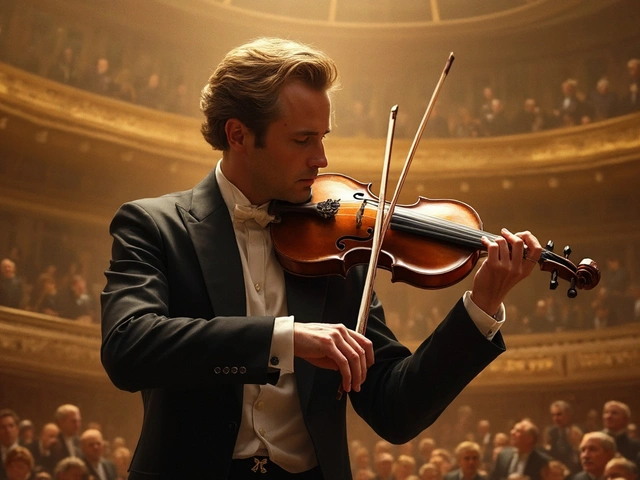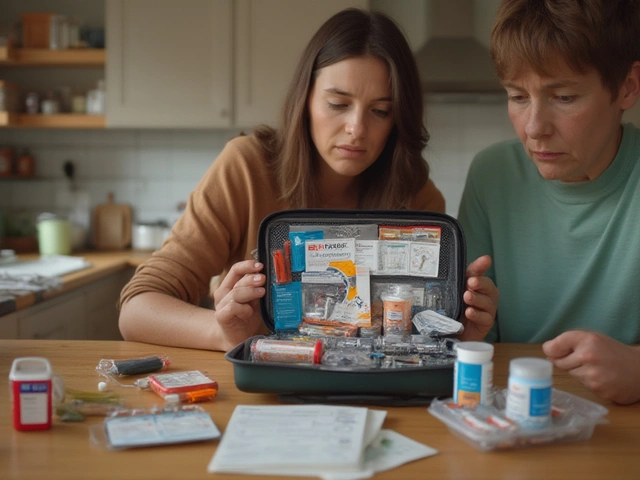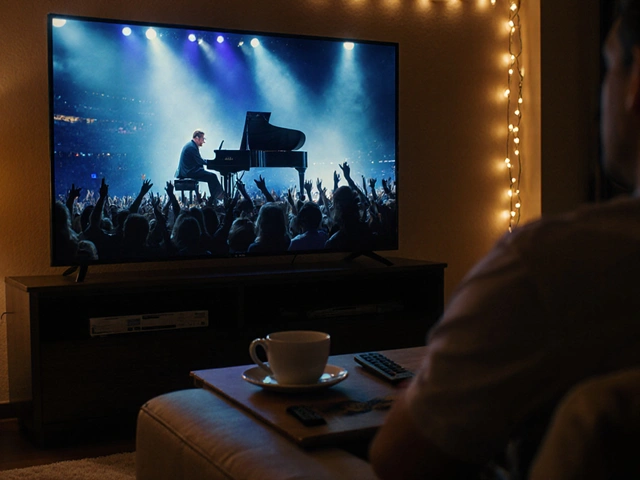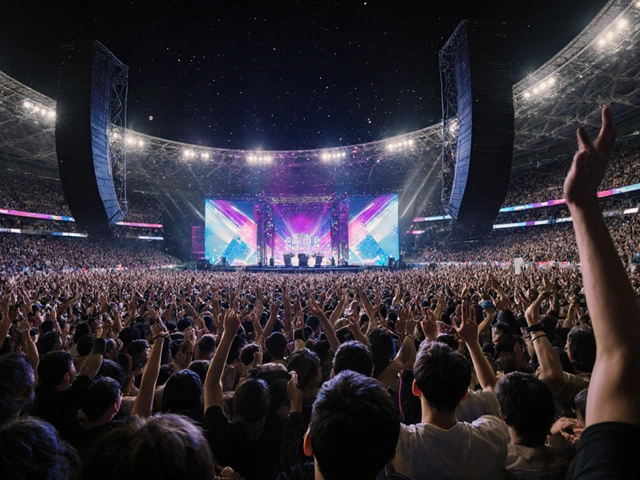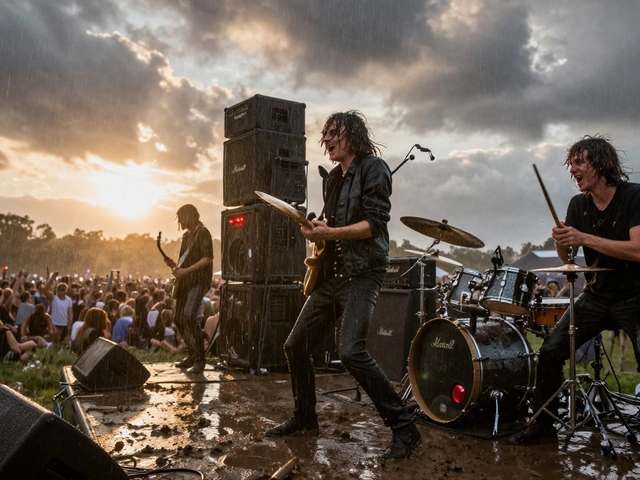Concert Greatness Calculator
Score Your Concert
Rate this concert on the four key criteria used by experts to determine the greatest shows ever.
Results
How to Interpret
- 35-40: A top-tier contender for the greatest concert of all time
- 25-34: A significant concert with strong historical impact
- 15-24: A notable concert that may have had some impact
- 0-14: A standard concert without significant historical impact
When you hear the phrase greatest concert, you probably imagine a night that changed music forever-an event that still sparks debates decades later. Below we break down how experts decide which show claims that title, walk through the most frequently‑cited candidates, and give you a handy checklist to judge any live show yourself.
How Experts Judge the "Greatest Concert"
Greatest concert of all time is a benchmark live music event that is widely regarded for its cultural impact, audience size, and lasting influence on performers and fans. While taste is personal, most rankings rely on four measurable criteria:
- Historical impact: Did the show shift musical directions, launch careers, or inspire new genres?
- Audience reach: How many people saw it live or witnessed it through broadcast?
- Performance quality: Were the musicians at their creative peak, delivering unforgettable moments?
- Legacy endurance: Do people still talk about it, sample it, or recreate it years later?
Combining these factors into a simple score helps compare wildly different events-from a modest club gig to a stadium‑wide charity extravaganza.
Top Contenders Frequently Crowned as the Greatest
Below are the eight concerts that dominate every "greatest" list, complete with context, numbers, and why they matter.
- Woodstock Music & Art Fair (1969) - Held on a farm in Bethel, New York, Woodstock drew an estimated 400,000‑500,000 attendees despite a massive rainstorm. It turned a counter‑culture gathering into a global symbol of peace and protest, and recordings of Jimi Hendrix’s rendition of "The Star-Spangled Banner" still define what a live moment can achieve.
- Live Aid (1985) - Organized by Bob Geldof and MidgeUre, LiveAid was a dual‑venue broadcast from Wembley Stadium (London) and JFK Stadium (Philadelphia). Over 1.9billion TV viewers watched as artists like Queen, U2, and PaulMcCartney performed to raise funds for famine relief in Ethiopia.
- Queen’s Live Aid set (1985) - Often cited as the single best 20‑minute performance in rock history, Freddie Mercury’s command of the Wembley crowd turned LiveAid’s global audience into an electrified stadium of 72,000 plus millions at home.
- The Beatles Rooftop Concert (1969) - The iconic final public performance took place on the Apple Corps building in London, captured on film for the "Let It Be" documentary. Though only a few dozen witnessed it live, the footage launched a mythic status that endures.
- Pink Floyd - The Wall Live (1990) - This theatrical tour turned the eponymous album into a visual masterpiece, featuring a literal wall built on stage, massive projections, and a 150‑person crew. It set new standards for concert production.
- Nirvana’s MTV Unplugged (1993) - Recorded in New York’s Sony Music Studios, Nirvana’s acoustic set showcased raw songwriting and introduced a broader audience to Kurt Cobain’s vulnerability. The performance remains a blueprint for unplugged sessions.
- Beyoncé - Coachella "Beychella" (2018) - Beyoncé’s headlining set celebrated Black culture with a full marching band, a house‑full stadium, and a historic request to the National Park Service to rename the stage area to "Beychella". The performance reshaped expectations for pop shows.
- Michael Jackson - Super Bowl XXVII Halftime Show (1993) - Though technically a halftime show, it drew 133million viewers and set the template for high‑budget, star‑driven televised concerts.
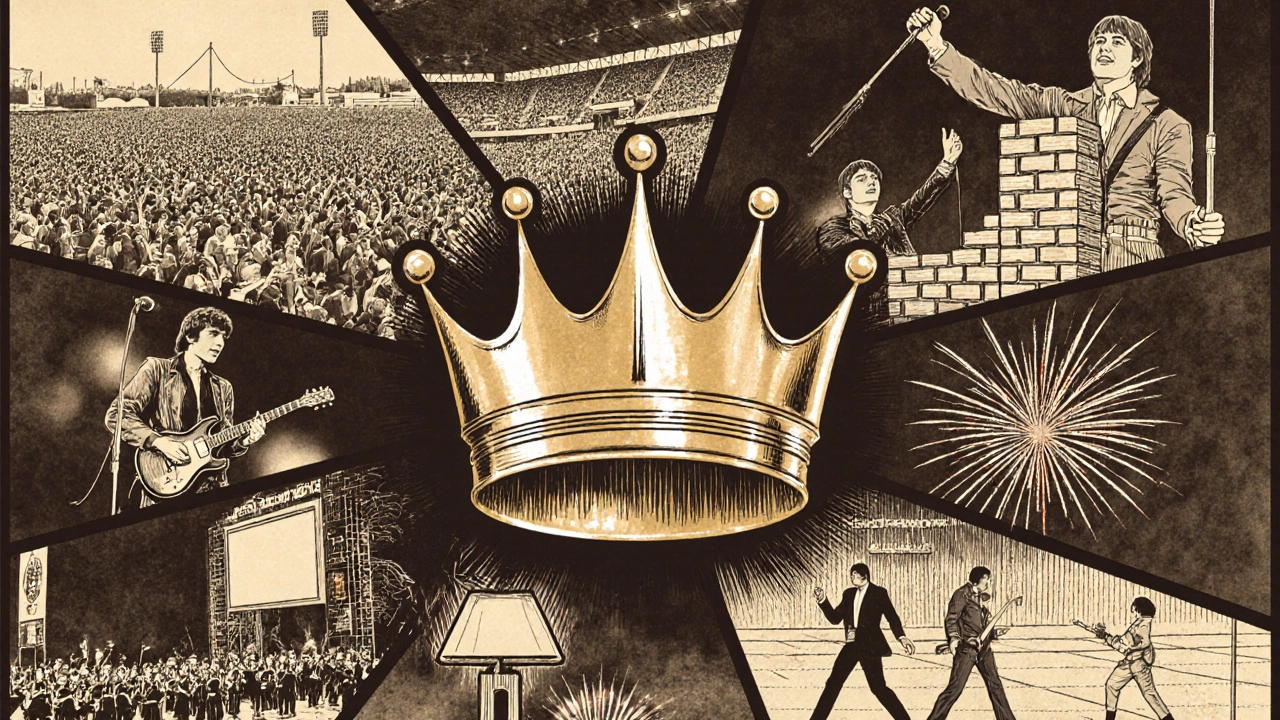
Side‑by‑Side Comparison
| Rank | Concert | Year | Approx. Attendance (Live) | Global Audience (TV/Online) | Major Impact |
|---|---|---|---|---|---|
| 1 | Live Aid (Wembley & JFK) | 1985 | 150,000+ | 1.9billion | Set the model for global charity concerts |
| 2 | Woodstock | 1969 | 400,000‑500,000 | Millions via news footage | Defined the 60s counter‑culture ethos |
| 3 | Queen - Live Aid set | 1985 | 72,000 (Wembley) | 1.9billion (as part of Live Aid) | Re‑defined live rock performance |
| 4 | Beyoncé - Coachella | 2018 | 125,000 (two nights) | Hundreds of millions via streaming | Elevated cultural representation in pop |
| 5 | Pink Floyd - The Wall | 1990 | 200,000+ (world tour) | Data not tracked, but heavily syndicated | Raised concert production to art form |
| 6 | Nirvana - MTV Unplugged | 1993 | 500 (studio audience) | Countless repeats on cable & streaming | Showcased acoustic potential of grunge |
| 7 | The Beatles - Rooftop | 1969 | Few dozen (on‑site) | Billions via film & documentaries | End of an era, immortalized on screen |
| 8 | Michael Jackson - Super Bowl | 1993 | ~30,000 (stadium) | 133million (TV) | Established pop spectacle for sports events |
Why No Single Event Can Claim Universal Victory
Even with the numbers above, the "greatest concert" remains a matter of perspective. A punk fan might argue that a tiny CBGB show captured more authenticity than any stadium spectacle, while a classical aficionado could point to a historic Carnegie Hall recital as the pinnacle of live music. The criteria we listed earlier help narrow the debate, but personal memories-your first concert, the song that changed your life-always tip the scales.
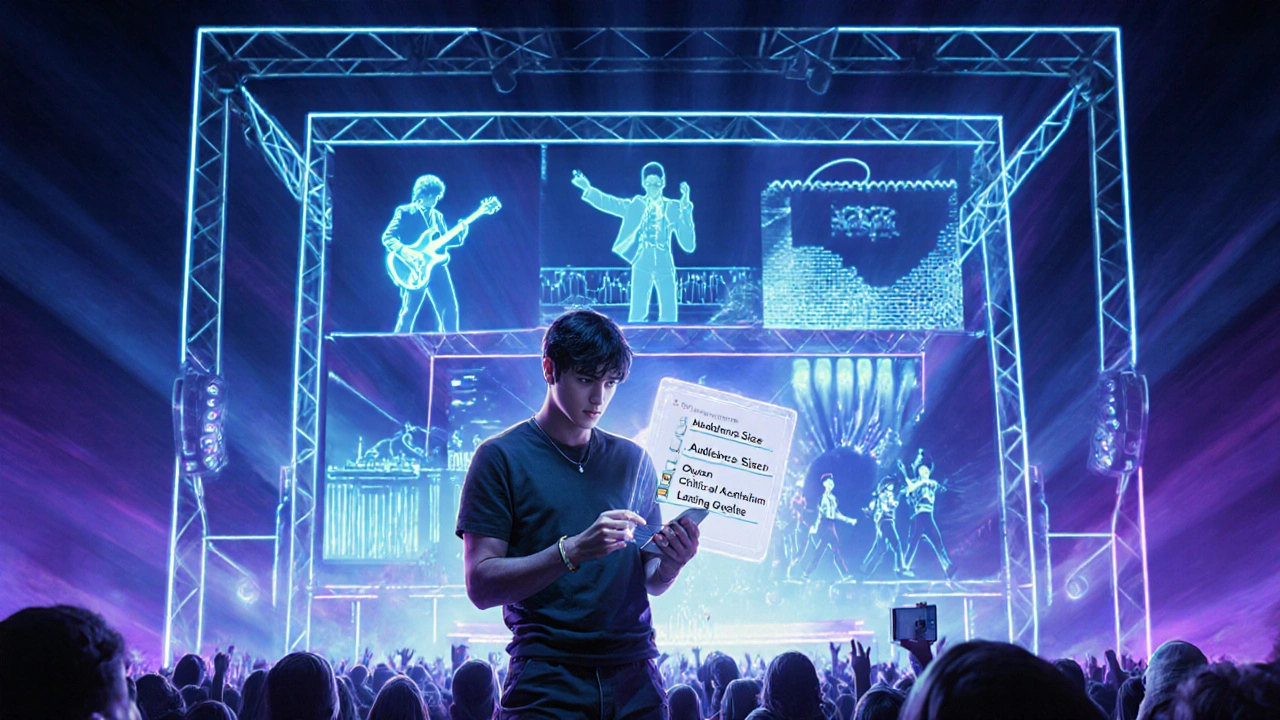
Quick Checklist: Is This Concert the Greatest?
- Did the performance introduce a new musical direction or technology?
- Was the audience size (live or broadcast) unprecedented for its era?
- Did critics and peers cite the show as a benchmark?
- Are there iconic recordings, videos, or samples that keep the concert alive?
- Has the event inspired at least three subsequent artists or events?
If you answer "yes" to most of these, you’ve likely stumbled upon a contender for the title.
Frequently Asked Questions
Which concert had the largest live audience?
Woodstock's 1969 gathering reached an estimated 500,000 people, making it the biggest open‑air audience recorded at the time. Modern festivals like Glastonbury have surpassed that number, but Woodstock remains the cultural benchmark.
Why is Queen’s Live Aid set considered so influential?
Freddie Mercury’s 20‑minute performance combined flawless vocal control, crowd interaction, and a flawless song medley ("Bohemian Rhapsody" → "Radio Ga Ga" → "We Will Rock You" → "We Are the Champions"). Critics cite it as a masterclass in live charisma, and it inspired countless artists to prioritize stage energy over technical perfection.
Can a modern livestream be counted as a "concert" for these rankings?
Yes, if the livestream reaches a massive global audience and delivers a unique, memorable performance. BTS’s 2022 "Map of the Soul" online concert drew over 4million concurrent viewers, challenging traditional metrics.
How do critics weigh cultural impact versus musical quality?
Cultural impact often outranks pure musicianship because it shapes future trends. A technically perfect show that changes no one’s behavior scores lower than a raw, imperfect set that spawns a new genre.
Is there an objective way to rank these concerts?
Researchers create scoring models assigning points to attendance, media reach, innovations, and legacy citations. While numbers help, the final ranking always includes a subjective layer of fan sentiment.
Whether you’re a die‑hard fan, a music historian, or just curious, understanding why certain shows become legends can deepen your appreciation for live music’s power. Keep the checklist handy, revisit the performances on YouTube or streaming platforms, and decide for yourself which moment deserves the crown of the greatest concert ever.

